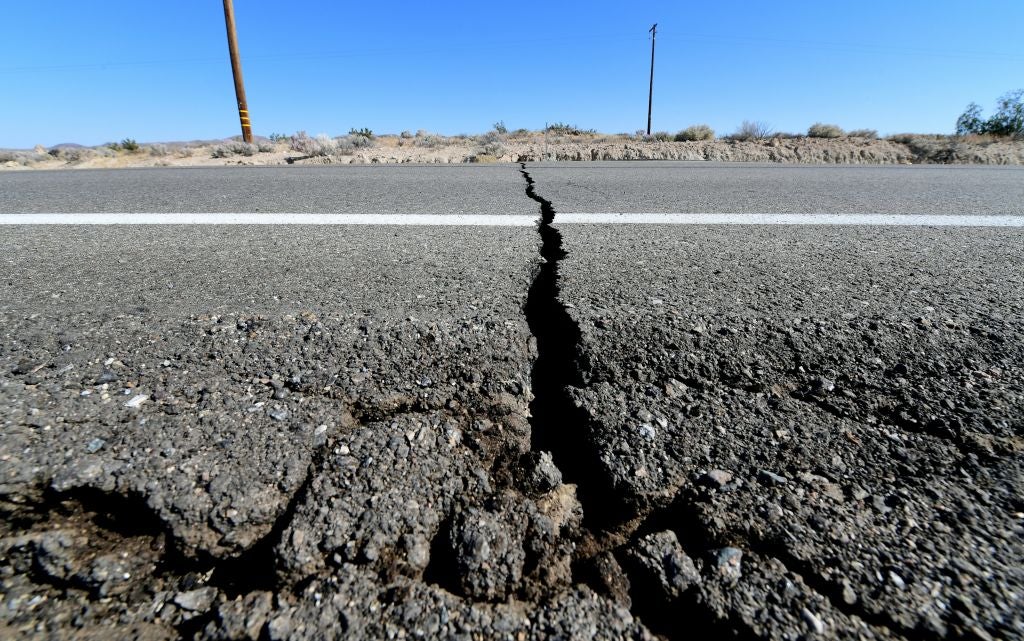


The lack of archives made work difficult for seismologists preparing earthquake catalogs or those involved in creating seismic hazard and risk estimates.

These records were tapped later on by seismologists in their study of earthquakes in the area. The California Gold Rush ushered in a host of changes, including the startup of newspapers in the Sierra Nevada and the San Francisco Bay Area. Beginning in 1833, the secularization of the Spanish missions brought an end to the once plentiful and dominant source of information in the study of previous earthquakes, and other Mexican sources during this period were also lacking. There were no local newspapers and no correspondents from news agencies in the distant United States. Indians kept no records and communications between the villages was poor. This is true even for the area between the San Francisco Peninsula and south to the Santa Clara Valley.

See also: History of California before 1900, Ranchos of California, and Timeline of the San Francisco Bay Areaĭuring the 1830s in California, the largest of the few settlements usually contained no more than several hundred individuals. There is no evidence a large earthquake hit the region in 1836. įor years, another large earthquake was said to have occurred two years earlier on Jalong the Hayward fault however, this is now believed to be referring to the 1838 San Andreas earthquake. Based on geological sampling, the fault created approximately 1.5 meters (5.0 feet) of slip. It is unknown whether there were fatalities. The region was lightly populated at the time, although structural damage was reported in San Francisco, Oakland, and Monterey. It was a strong earthquake, with an estimated moment magnitude of 6.8 to 7.2, making it one of the largest known earthquakes in California. It affected approximately 100 km (62 miles) of the fault, from the San Francisco Peninsula to the Santa Cruz Mountains. The 1838 San Andreas earthquake is believed to be a rupture along the northern part of the San Andreas Fault in June 1838.


 0 kommentar(er)
0 kommentar(er)
